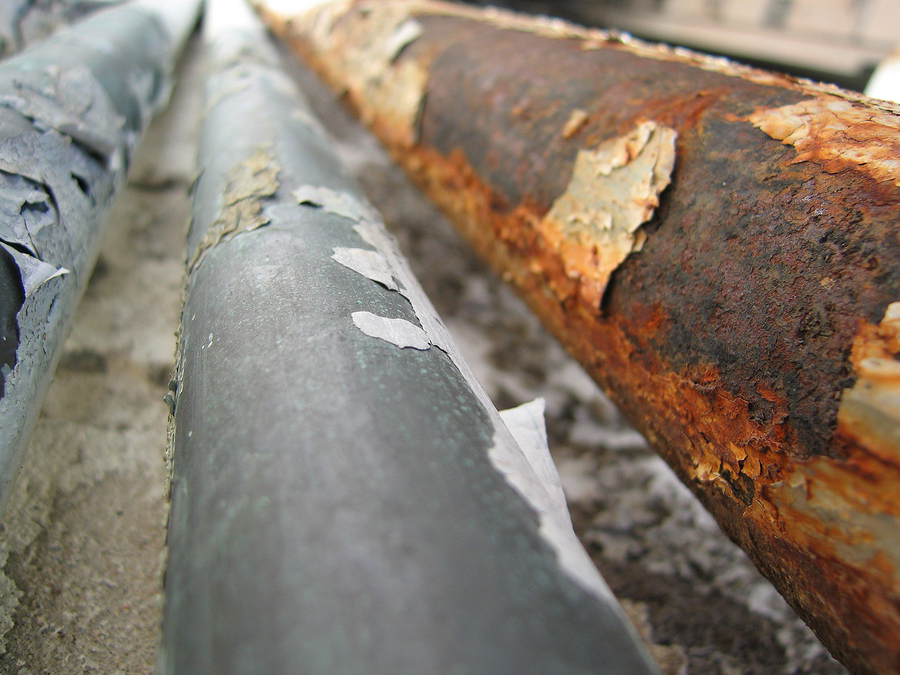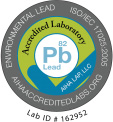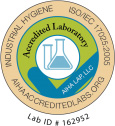
Lead is a chemical element that can cause toxic and adverse health effects, particularly in the brain and nervous system in children. At SanAir, we take the analysis and testing of lead in your business seriously. Because children are especially susceptible to lead poisoning, questionable sources should be remediated immediately.
According to the Center for Disease Control, not only does lead cause brain and nervous system damage, but also slowed growth and development, learning behavior problems, and hearing and speech issues. Because there is no safe level of lead in the blood, testing for this chemical could mean the difference between life and death. If you suspect there has been lead exposure in your building or to your employees, call us today. These are some of the most common sources of lead contamination:
Paint
Traditionally, people have been aware that lead paint is a dangerous substance. Anything painted before 1978, such as furniture or interior walls, may have been painted with lead-based paint. This is an issue because the lead paint can chip and become dust or get into the soil. Our laboratory provides accredited testing of lead via dust wipes, paint chips, soil, and bulk and air samples via Inductively Coupled Plasma Optical Emission Spectroscopy (ICP-OES).
Water
Even though it has been less common in recent years, lead in water can still be found. This is a common source of lead contamination due to metal water taps, interior water pipes, or pipes that are connected to a building from a main water pipe in a street. Unfortunately, the only way to know if your water has been contaminated with lead is through proper testing. Though Congress has banned the use of pipes that contain more than 0.2% of lead, older buildings still may have pipes and should have the proper testing conducted to reduce exposure risk.
Soil
Due to the use of lead paint and leaded gasoline in the 1970s and 1980s, soil may have lead concentrations greater than normal levels. Properties near roads may have higher levels of lead from these contaminants. Lead in soil can be easily transferred into the air or on clothing, shoes and pets. If you own or manage an older building or one near a roadway, you should have the soil tested. Also, if you have employees that are exposed to soil on a regular basis, it is smart to have it tested. SanAir technicians will come out to take samples from select sites and high exposure areas.
If you have concerns about lead exposure and poisoning in your business, you should have the area(s) sampled immediately. Give SanAir’s laboratory a call at (804) 897-1177 to begin the lead sampling process immediately.












